Related Research Articles

A brigade is a major tactical military formation that typically comprises three to six battalions plus supporting elements. It is roughly equivalent to an enlarged or reinforced regiment. Two or more brigades may constitute a division.

I Corps was an army corps in existence as an active formation in the British Army for most of the 80 years from its creation in the First World War until the end of the Cold War, longer than any other corps. It had a short-lived precursor during the Waterloo Campaign. It served as the operational component of the British Army of the Rhine during the Cold War, and was tasked with defending West Germany.

The 3rd Division, also known as The Iron Division, is a regular army division of the British Army. It was created in 1809 by Arthur Wellesley, 1st Duke of Wellington, as part of the Anglo-Portuguese Army, for service in the Peninsular War, and was known as the Fighting 3rd under Sir Thomas Picton during the Napoleonic Wars. The division fought at the Battle of Waterloo, as well as during the Crimean War and the Second Boer War. As a result of bitter fighting in 1916, during the First World War, the division became referred to as the 3rd (Iron) Division, or the Iron Division or Ironsides. During the Second World War, the division fought in the Battle of France including a rearguard action during the Dunkirk Evacuation, and played a prominent role in the D-Day landings of 6 June 1944. The division was to have been part of a proposed Commonwealth Corps, formed for a planned invasion of Japan in 1945–46, and later served in the British Mandate of Palestine. During the Second World War, the insignia became the "pattern of three" — a black triangle trisected by an inverted red triangle.
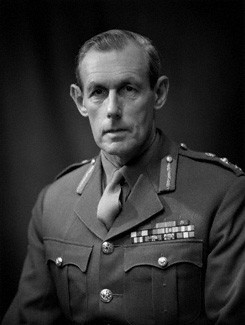
Field Marshal Richard Michael Power Carver, Baron Carver, was a senior British Army officer. Lord Carver served as the Chief of the General Staff (CGS), the professional head of the British Army, and then as the Chief of the Defence Staff (CDS), the professional head of the British Armed Forces. He served with distinction during the Second World War and organised the administration of British forces deployed in response to the Mau Mau Uprising in Kenya and later in his career provided advice to the British government on the response to the early stages of The Troubles in Northern Ireland.

The 1st Division is an active division of the British Army that has been formed and disestablished numerous times between 1809 and the present. In its original incarnation as the 1st Division, it took part in the Peninsular War—part of the Coalition Wars of the Napoleonic Wars—and was disbanded in 1814 but was re-formed the following year for service in the War of the Seventh Coalition and fought at the Battle of Waterloo. It remained active as part of the British occupation of France until it was disbanded in 1818, when the British military withdrew. The division was then raised as needed; it served in the Crimean War, the Anglo-Zulu War, and the Second Boer War. In 1902, the British Army formed several permanent divisions, which included the 1st Division, which fought in the First World War, made various deployments during the interwar period, and took part in the Second World War when it was known as the 1st Infantry Division.

The Royal Wessex Yeomanry is a reserve armoured regiment of the British Army Reserve consisting of five squadrons. Formerly part of 43 (Wessex) Brigade, the regiment joined 3rd Division in July 2014, to provide armoured resilience to the three armoured regiments within the Reaction Force. In 2015 the regiment was moved from the operational command of 3rd Division to 1st Armoured Infantry Brigade, and later to 12th Armoured Brigade Combat Team, but members of the regiment still wear the 3rd Division formation badge to reflect their role in supporting the three armoured regiments in the division.
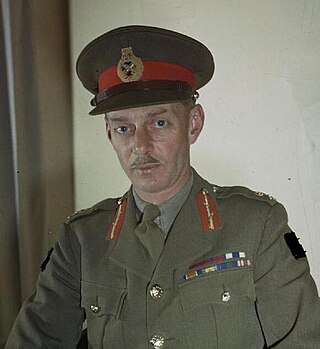
General Sir Miles Christopher Dempsey, was a senior British Army officer who served in both world wars. During the Second World War he commanded the Second Army in northwest Europe. A highly professional career soldier who made his reputation in active service, Dempsey was highly thought of by both his subordinates and superiors, most notably Bernard Montgomery, but is not well known.

The 7th Armoured Brigade was an armoured brigade formation of the British Army. The brigade is also known as the "Desert Rats", a nickname formerly held by the 7th Armoured Division, of which the brigade formed a part during the Second World War until late 1941.
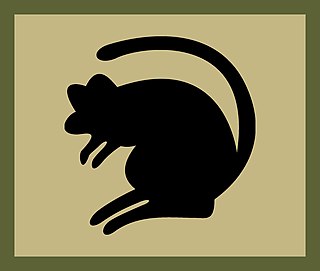
4th Light Brigade, provides light infantry mass, offering significant utility in operate tasks and with the ability to surge ground manoeuvre units by air or sea to reinforce UK forces or partners.Previously known as 4th Infantry Brigade and Headquarters North East, and before that as 4th Mechanized Brigade and before that 4th Armoured Brigade is a brigade formation of the British Army, currently based in Catterick, North Yorkshire as part of 1st Division. The brigade, now known as the 'Black Rats', was formed in 1939 and fought in the Second World War, in the Western Desert Campaign and in North Africa. The Black Rats were subsequently involved in the invasion of Sicily and fighting in Italy before taking part in the Battle of Normandy and the advance through Belgium, Holland and into Germany.

The 20th Armoured Brigade Combat Team, previously the 20th Armoured Infantry Brigade, is an armoured infantry brigade formation of the British Army, currently headquartered at Wing Barracks, Bulford, Wiltshire, as part of the 3rd Division.

The 11th Brigade is a brigade of the British Army which is transitioning to the tactical recce-strike role. The brigade was formerly the 11th Security Force Assistance Brigade, providing training and guidance for foreign militaries.
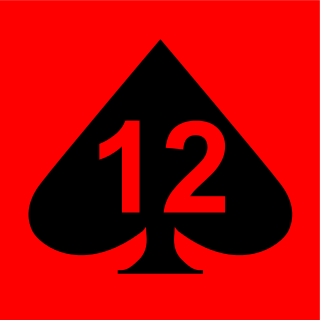
The 12th Armoured Brigade Combat Team, formerly the 12th Armoured Infantry Brigade, is a regular brigade of the British Army which has been in almost continuous existence since 1899 and now forms part of 3rd Division.

The Royal Wiltshire Yeomanry (RWY) was a Yeomanry regiment of the Kingdom of Great Britain and the United Kingdom established in 1794. It was disbanded as an independent Territorial Army unit in 1967, a time when the strength of the Territorial Army was greatly reduced. The regiment lives on in B Squadron of the Royal Wessex Yeomanry.

General Sir Geoffrey Richard Desmond Fitzpatrick, was a senior British Army officer who served as commander of the British Army of the Rhine and Deputy Supreme Allied Commander Europe. After his retirement from the army he was appointed Lieutenant Governor of Jersey and later held a ceremonial position in the Royal Household.

Major General Arthur George Denaro, is a retired British Army officer. He led his regiment, the Queen's Royal Irish Hussars, during the Gulf War and later became Commandant of the Royal Military Academy Sandhurst. He commanded the 5th Infantry Division from 2000 to 2003. He was the highest-ranking officer of overseas birth in the British Army at that time.
Bergen-Hohne Garrison was a major British garrison in the post-Cold War period, with facilities located close to Bergen at Lager Hohne, at Lager Oerbke near Fallingbostel and at Celle in Lower Saxony, Germany. It was home to 7th Armoured Brigade and most of its subordinate units. It formed a major part of British Forces Germany.
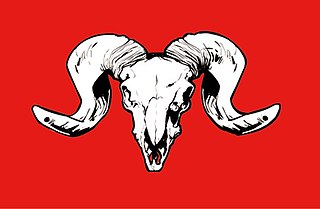
The 1st Artillery Brigade was a support formation of the British Army from 1961-77 and from 1997. Part of the 3rd Division, it oversaw all army close support artillery and deep fires units. Under the Future Soldier programme, the brigade merged with 1st Armoured Infantry Brigade to form 1st Deep Reconnaissance Strike Brigade Combat Team.
The following is a hierarchical outline for the structure of the British Army in 1989. The most authoritative source for this type of information available is Ministry of Defence, Master Order of Battle, and United Kingdom Land Forces, HQ UKLF, UKLF ORBAT Review Action Plan, HQ UKLF, 1990.
Reginald George Shelford "Ginger" Bidwell, was a British Army officer and military historian.
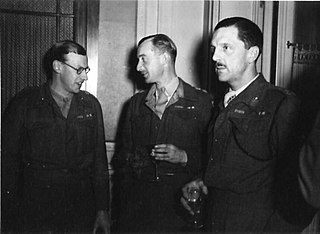
Ronald Frederick King "David" Belchem was a senior British Army officer who saw service in the Second World War.
References
- ↑ www.charitygolfintl.com
- ↑ www.royal.uk
- ↑ www.haberdashers.co.uk
- ↑ www.chitterne.com
- ↑ "No. 59282". The London Gazette (Supplement). 31 December 2009. p. 3.
- ↑ "No. 60810". The London Gazette (Supplement). 18 March 2014. p. 0.